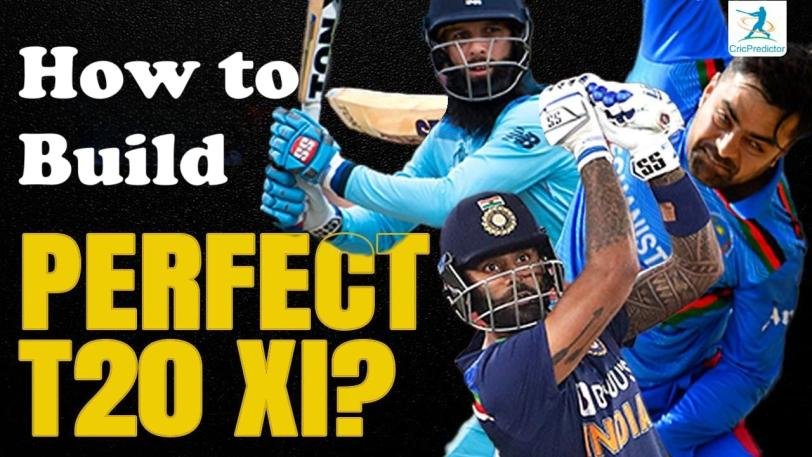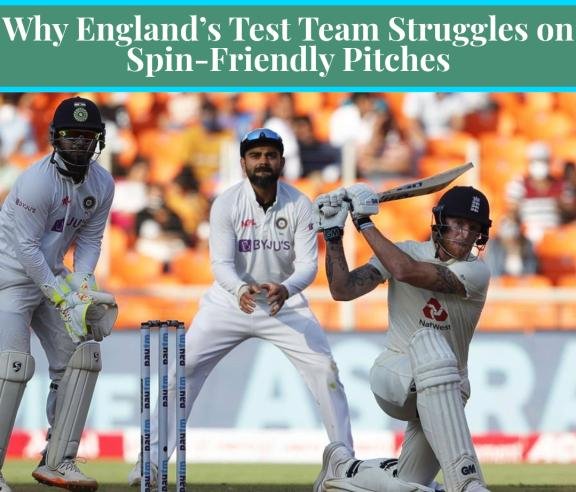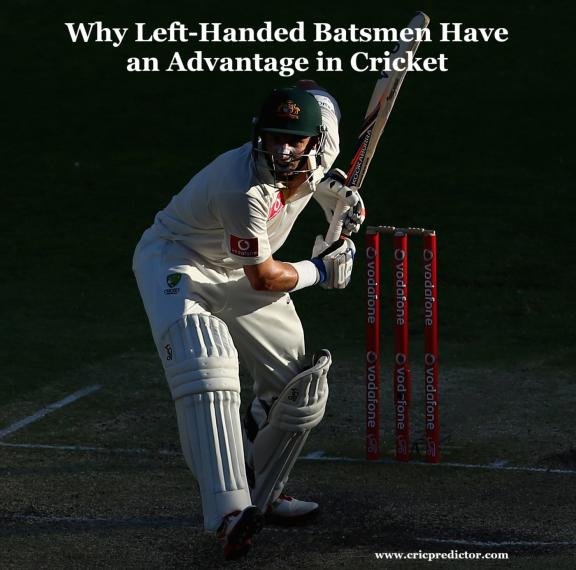
T20 cricket is a fast-paced and high-intensity format where every player’s contribution matters. Constructing the perfect T20 playing XI requires a blend of aggressive batters, versatile all-rounders, and wicket-taking bowlers. In this blog, we break down the essential components of an ideal T20 team based on performance data, historical statistics, and expert cricket analysis.
1. Openers – The Aggressive Game Setters
A solid opening pair is crucial in T20 cricket because the first six overs (Powerplay) set the tone for the entire innings. Openers need to score quickly while capitalizing on fielding restrictions, meaning only two fielders are allowed outside the inner circle. A good opening pair balances aggression with stability, ensuring a strong foundation for the middle order.
Key Attributes:
- A high strike rate (above 140) to maximize early runs.
- Ability to handle both pace and spin effectively.
- Consistency in scoring to reduce pressure on later batters.
- Strong boundary-hitting ability, particularly against the new ball.
Best T20 Openers (Recent Stats):
- Jos Buttler (England) – Avg 41.0, SR 150+, Excellent powerplay striker.
- David Warner (Australia) – Avg 39.5, SR 145, Proven IPL and international performer.
- Babar Azam (Pakistan) – Avg 42.1, SR 130, Strong anchor option for stability.
Selecting the right openers depends on conditions and match-ups. Some teams prefer an aggressive opener paired with a more stable batter, while others go for an all-out attacking duo.
2. Middle-Order – The Stability and Acceleration Zone
A strong middle-order is crucial in T20 cricket because it bridges the gap between the aggressive start from the openers and the explosive finish from the lower order. These batters must be adaptable—capable of consolidating the innings if early wickets fall while also accelerating the scoring rate when needed.
Why is the Middle-Order Important?
- Consistency & Stability: Ensures innings doesn't collapse if early wickets fall.
- Flexibility & Adaptability: Middle-order players adjust based on match situations.
- Spin-Hitting Ability: They counter spinners in the middle overs.
- Death Overs Acceleration: Nos. 4 and 5 are typically power-hitters who ensure a strong finish.
Best Middle-Order Players for T20 Cricket:
- Virat Kohli (India): The perfect anchor, known for his ability to build an innings.
- Suryakumar Yadav (India): A dynamic 360-degree player with a strike rate over 170.
- Glenn Maxwell (Australia): A destructive batter capable of shifting momentum.
- David Miller (South Africa): Known for his finishing ability against pace bowlers.
A well-structured middle order ensures that a team remains competitive in any situation, whether recovering from a collapse or setting up a massive total.
3. All-Rounders – The X-Factors
All-rounders are crucial in T20 cricket because they provide balance to the team by contributing both with the bat and the ball. Their presence allows a team to have flexibility in team composition, ensuring depth in both departments.
Why Are All-Rounders Important?
- Versatility: Fill gaps in the batting and bowling lineup.
- Match-Winning Potential: Change the game with quick runs or crucial wickets.
- Squad Balance: Reduces dependency on specialists and strengthens the playing XI.
Types of All-Rounders:
- Batting All-Rounders: Glenn Maxwell, Ben Stokes.
- Bowling All-Rounders: Shakib Al Hasan, Hardik Pandya.
In T20 cricket, teams often aim for at least two all-rounders to maintain an aggressive and flexible team strategy.
4. Finishers – The Game Changers
The last few overs of a T20 match, typically from the 16th to the 20th over, are crucial for maximizing the team's total. During this phase, specialized batters, often called "finishers," are required to score quickly, taking calculated risks to clear the boundaries.
Why Are Finishers Important?
- High Strike Rate: Above 150 for rapid scoring.
- Six-Hitting Ability: Must clear the ropes consistently.
- Calm Under Pressure: Death overs require composure.
Top T20 Finishers:
- Andre Russell: Known for brute power, turns matches in just a few balls.
- MS Dhoni (Retd.): The master of chasing, famous for last-over heroics.
- Liam Livingstone: Versatile power-hitter, effective against both spin and pace.
These batters ensure that their team finishes the innings strongly, adding crucial extra runs that can make the difference between winning and losing.
5. Bowlers – The Match-Winning Factor
The selected text introduces the section about a well-balanced bowling attack in T20 cricket. A perfect bowling lineup typically includes:
Ideal Bowling Composition:
- Two Fast Bowlers: Specialists in powerplay and death overs.
- Two Spinners: Control middle overs and break partnerships.
- An All-Rounder Who Can Bowl: Adds depth and flexibility.
Best T20 Bowlers:
- Jasprit Bumrah (India): Death-over king, Economy 6.9, Wicket-taking ability.
- Rashid Khan (Afghanistan): Wicket-taking spinner, Avg 18.6, Controls middle overs.
- Shaheen Afridi (Pakistan): Powerplay wicket-taker, lethal inswinging deliveries.
- Trent Boult (New Zealand): Left-arm pacer, known for early breakthroughs.
- Sunil Narine (West Indies): Mystery spinner, tight economy rate.
This structure ensures that the bowling attack is well-rounded, adaptable to different match situations, and capable of taking wickets while restricting runs.
6. Captain & Wicketkeeper – The Tactical Brains
A strong leader and a reliable wicketkeeper are crucial in T20 cricket because they ensure effective decision-making and maintain team composure under pressure.
Role of the Captain:
- Strategic Decision-Making: Controls batting orders, bowling changes, and field placements.
- Game Awareness & Adaptability: Adjusts plans dynamically.
- Motivational Leadership: Keeps the team calm under pressure.
Best Captain Choices:
- Rohit Sharma (India) – Proven IPL and international T20 success.
- Jos Buttler (England) – Smart strategist, fearless batter.
- Babar Azam (Pakistan) – Consistent performer, good tactical awareness.
Role of the Wicketkeeper:
- Crucial Behind the Stumps: Quick stumpings and catches.
- Guidance for Bowlers: Offers real-time advice to bowlers.
- Middle-Order Contribution: Many top wicketkeepers also contribute valuable runs.
Wicketkeeper Choices:
- Quinton de Kock (South Africa): Explosive opener, reliable keeper.
- KL Rahul (India): Flexible middle-order and opening option.
- Mohammad Rizwan (Pakistan): Consistent scorer, sharp wicketkeeper.
Finalized Ideal T20 XI
- Jos Buttler (Opener, Wicketkeeper)
- David Warner (Opener)
- Virat Kohli (Middle-order, Anchor)
- Suryakumar Yadav (Aggressive batter)
- Glenn Maxwell (All-rounder, Power-hitter)
- Hardik Pandya (All-rounder, Finisher)
- Andre Russell (All-rounder, Finisher)
- Rashid Khan (Spinner, Economy specialist)
- Jasprit Bumrah (Fast bowler, Death-overs specialist)
- Shaheen Afridi (Fast bowler, New-ball specialist)
- Shakib Al Hasan (Spinner, Middle-overs control)
Make Your Own T20 XI with Cric Predictor
Want to test your cricket knowledge and build your own perfect T20 XI? Use our advanced prediction tools on the Cric Predictor website to analyze player stats, compare performances, and make informed predictions.
Stay Ahead with Cricket Predictions
- Check out our latest predictions for the Big Bash League 2024-25 Final.
- Sign up for our newsletter to receive exclusive match predictions and expert analysis.
Join the Cric Predictor Community! Think you can predict the best T20 XI? Join our weekly prediction challenges and compete with cricket fans worldwide.
Visit Cric Predictor today and take your cricket analysis to the next level!
👉 Test your prediction skills against our experts in our weekly prediction challenges. Visit Cric Predictor today and see how our advanced algorithms can help you improve your predictions!
👉 If You Want to Read More Blogs about Cricket You Can! Click Here





